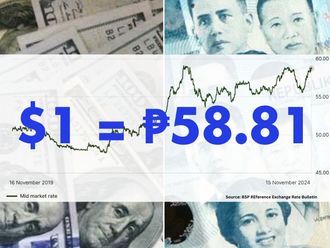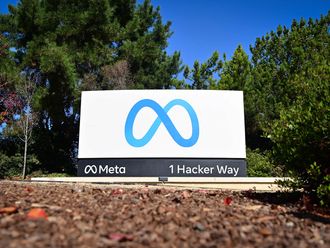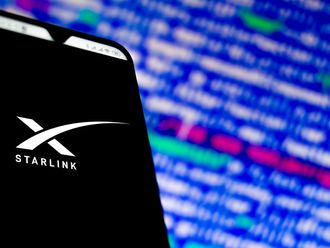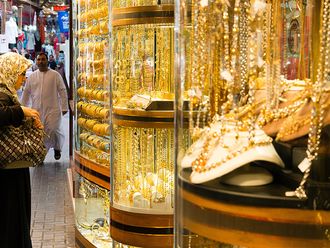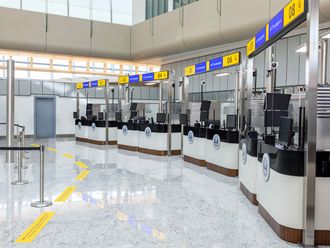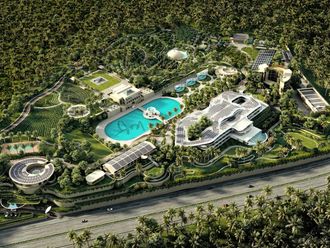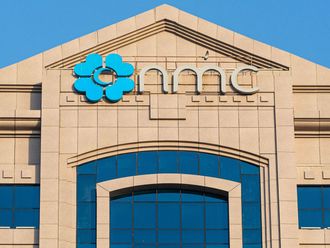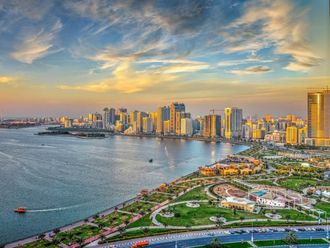Seoul: The first payouts from South Korea’s state pension fund only started in 2008, but faced with the fastest ageing population among developed nations and one of the lowest birthrates, the country needs to deal with a looming funding crunch.
The world’s third-largest state fund by assets is generating more than $2 billion (Dh7.3 billion) a month in new net funding as contributions outpace payments, but by 2034 that will end as South Koreans retire and the working age population falls.
By 2050, there will only be 1.5 people in work to support each pensioner, down from seven now, as birth rates have plunged from six babies per woman in the 1960s to just over one.
That means politicians, promising more “cradle to grave” welfare ahead of December’s presidential elections will have to implement a potentially unpopular hike in contribution rates, National Pension Service Chairman Jun Kwang-woo said in an interview with Reuters.
“The sooner the better to address this issue to protect the interest of future generations,” said Jun, who projected the fund’s net value would peak at $2 trillion over the next three decades from around $340 billion as of August.
Jun refused to be drawn on the timing or size of any hike in the nine per cent contribution rate that employers and workers equally make, one of the lowest in the developed world. Studies from the International Monetary Fund and the Organisation for Economic Cooperation and Development suggest rates would need to double to 18 per cent by 2030 to stabilise the fund.
At the same time as hiking contributions, the NPS needs to dramatically reduce the proportion of money it invests in the domestic fixed income market — more than 60 per cent of its portfolio in July — and push more money into overseas equity markets and increase ownership of physical assets, Jun said.
The NPS has started a tentative move into real physical assets, buying into the Colonial Pipeline carrying fuel in the United States, Britain’s Gatwick Airport, HSBC’s Canary Wharf headquarters and an Australian toll road.
“What we need to do in this of course is to move actively into alternative investments... other than traditional fixed income or even equities whose performance has not been that impressive,” said Jun.
In the three years since Jun took office, he said the proportion of international assets had doubled to about 16 per cent of the fund’s portfolio from 8 per cent and would grow to 20 per cent over the medium term.
The fund targets returns of 6.6 per cent annually on average from 2013 to 2017. Although its return in 2011 was just 2.3 per cent it picked up to 6.3 per cent from January to August 2012 and averaged 7.3 per cent from 2009-2011.
The push into real estate and physical assets has so far been confined to developed markets with good regulation and transparent legal structures, Jun said, but that could change with the shift in economic power to emerging economies.
“We talked about the role the World Bank can play in facilitating our infrastructure investment into emerging markets,” Jun said of recent talks with the new head of the World Bank, South Korea-born Jim Yong Kim.
“There I mentioned the importance of insurance coverage for political risk or regulatory or legal [risks].”
The fund is also considering putting some money with hedge funds, a move that will require discussions inside the fund and with Korea’s ministries in a country where memories of the 1998 Asian financial crisis means foreign funds are still viewed with suspicion.
“Although it could be considered as a very useful liquid alternative investment... there is continued perception that hedge funds are very risky,” said Jun.
“We have to create an environment within ourselves and with the stakeholders that it [risk] is certainly manageable.”
Talks within the fund will start soon and develop a clearer view by early next year, Jun said, although an actual decision on investing with hedge funds will not come until later.


